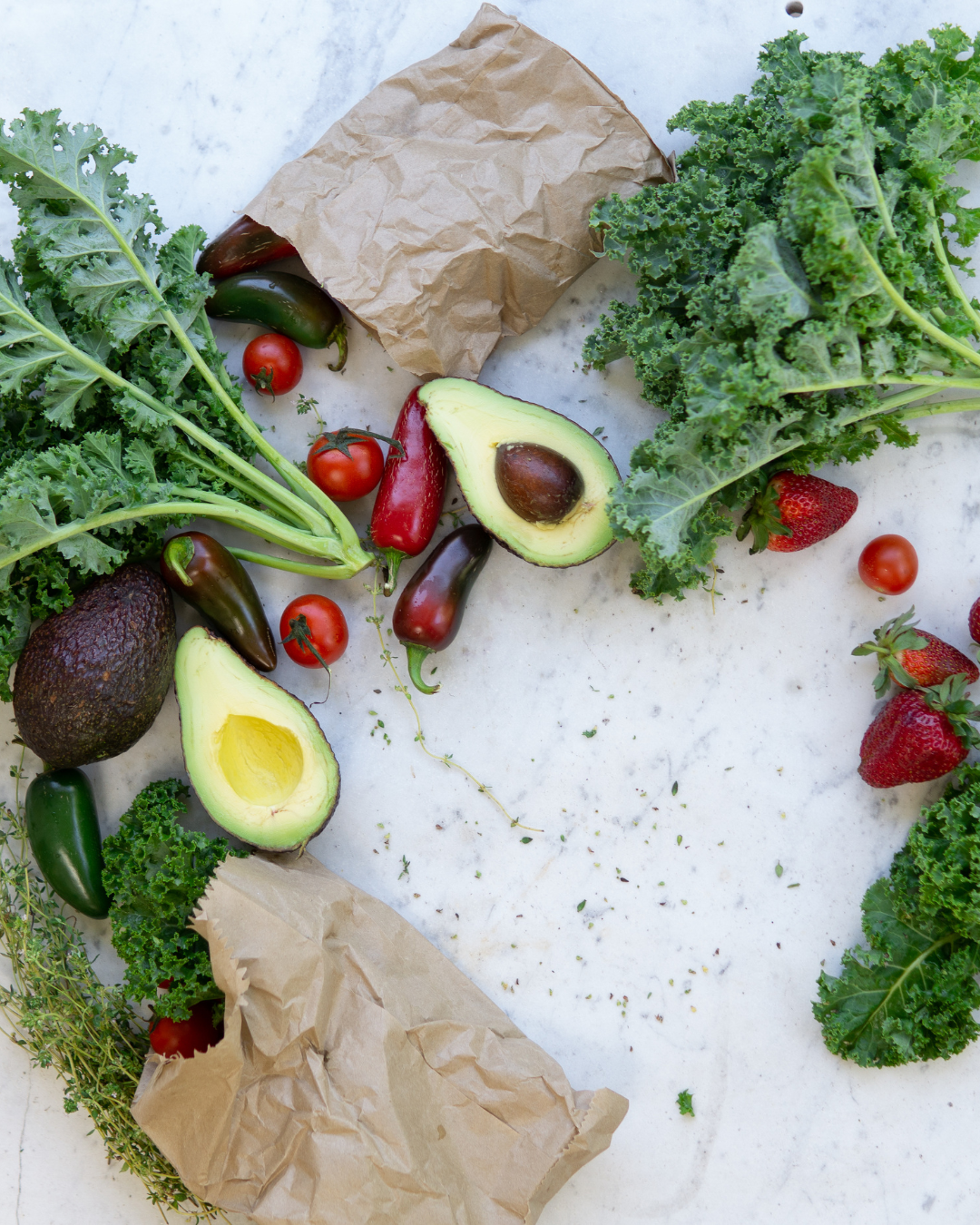Tell me what your plate looks like, and I will tell you how well you are nourishing both body and soul. A meal rich in color is not only a delight for the eyes, but also a gift for your health.
Have you ever wondered what gives blueberries their deep indigo shade or tomatoes their vivid crimson glow? The secret lies in phytonutrients—natural chemical compounds found in plants. Though not essential for survival, these "gifts of nature" strengthen the body's functions, shield us from free radicals, support immunity, and help prevent chronic disease. More than 25,000 of these protective compounds are hidden in fruits, vegetables, whole grains, nuts, seeds, teas, herbs, and spices.
When you fill your plate with different colors, you are not only offering your body a palette of nutrients, but also feeding your creativity, your joy of cooking, and your aesthetic connection to food.
How to bring more color and vitality to your diet
- Make room for whole, unprocessed plant foods every day.
Aim for nine servings of fruits, vegetables, and greens daily. Keep it simple: at each main meal, include three servings (about 300–400g of raw or cooked vegetables).
- Diversify your sources.
Phytonutrients are everywhere, but if we eat the same foods on repeat—even colorful ones—we miss an entire universe of benefits. Explore fruits, vegetables, nuts, seeds, legumes, whole grains, herbs, and spices. Let curiosity be your compass.
- Create a rainbow plate.
Does your plate lean on beige, brown, and white—perhaps eggs with ham or yogurt with cereal? Brighten it up: add tomatoes, blueberries, peppers, carrots, kiwi, beets, or pumpkin. The goal? Rainbow plates, every single day.
- Play with variety.
Don't get stuck with the same three or four fruits or vegetables. Challenge yourself to try one new plant-based food each week—maybe an exotic vegetable or a seasonal fruit. Diversity means health.
- Harness the power of smart combinations.
The magic of nutrition often lies in synergy. Certain foods work better together:
- Turmeric + black pepper + olive oil — boosted anti-inflammatory effect
- Spinach + lemon juice — improved iron absorption
- Healthy fats (olive oil, avocado, ghee) + raw vegetables — enhanced nutrient absorption
- Choose more colorful alternatives.
Reimagine classics by swapping staples:
- Replace mashed potatoes with purple potato mash or pea purée
- Swap white rice for black, brown, or violet rice
- Use purple carrots instead of orange

The hidden benefits of each color
Green:
Broccoli, avocado, leafy greens, asparagus, apples, celery, zucchini, Brussels sprouts, edamame, cucumber → antioxidant properties, support for gut health, hormone balance, metabolism, and reduced inflammation.
Red:
Tomatoes, beets, pomegranates, red beans, radishes, red peppers, apples → heart and brain health, anti-inflammatory and antibacterial effects.
Blue/Purple:
Black-blueberries, eggplant, black grapes, blackberries, red cabbage, figs, plums, black rice → brain health, antioxidant protection, liver and digestive support.
Orange:
Carrots, pumpkin, mango, apricot, melon, papaya, bell peppers → fertility, vascular health, cellular protection, anti-inflammatory benefits.
Yellow:
Lemons, corn, pineapple, bananas, apples, pears, ginger, cantaloupe → digestion, immunity, eye health, and heart health.
A final thought
Eating more colorfully is not just a “nutrition trick”—it is a way to bring energy, vitality, and joy into everyday life. Every shade you add to your plate is a step toward balance, creativity, and long-term health.
So next time you prepare a meal, ask yourself: How many colors are on my plate today?
